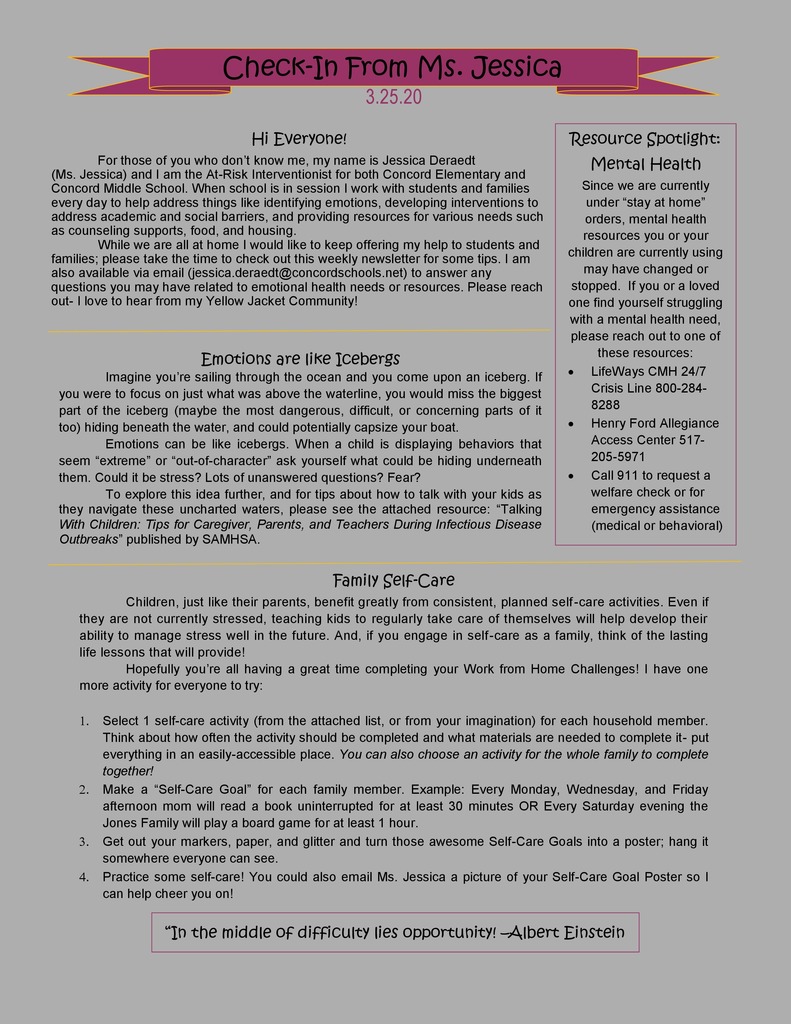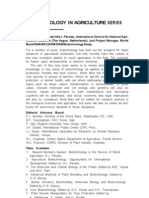- 3 25/15ms. Scrolls Ela Classes For Beginners
- 3 25/15ms. Schroll's Ela Classes Online
- 3 25/15ms. Schroll's Ela Classes Nyc

ESL activities for grade two students don't have to be all that different from the activities enjoyed by mainstream students. The great thing about teaching kids is that whether they speak English or not, they all enjoy and benefit from many different kinds of teaching techniques. They all like to get up and run around, touch things, take in sights, manipulate objects, imagine and act things out. And while the learning objectives for ESL students include an extra language layer on top of the basic curriculum, and though the presentation of new information may need to be altered so they can understand it, many of the same activities can be used for both ESL and native English-speaking students.
Using various techniques such as vocabulary instruction charts and group work, students will continuously build their English academic language so that they can learn about topics alongside their native speaking English peers for group and class discussions.
ELA Guidebooks; St. Rose Elementary 230 Pirate Drive St. Rose, LA 70087 (504) 464-9254 (504) 468-8064. BACK TO TOP Site Map. Charles Parish Public Schools adheres. A collection of English ESL worksheets for home learning, online practice, distance learning and English classes to teach about grade, 5, grade 5.
ESL Activities in Grade Two

Second grade students get to learn a lot of really fun things from life cycles to cultures, both ancient and modern, to folk tales. The teaching of all of these things can include hands-on activities, games, songs, reading, writing, and the students sharing from their own expertise. The following are just a few examples of ways ESL students can learn English, standardized curriculum and American culture while building a cooperative community and having a great time.
Many more ideas for ESL activities for children are available online. Links to some of the best resources are included.
Grow a Garden
Growing a garden is a long and time-consuming process, to be sure, but it's fun, the kids get to play in the dirt, and they will learn a lot across several different subject areas.
- Science - Kids learn about life cycles and plant structure and reproduction.
- Math - You can teach measurement as the kids watch their plants grow taller, wider and closer together.
- Reading - Read The Giving Tree by Shel Silverstein. Its repetition will reinforce vocabulary, and the students can pantomime the actions (climb, sit, eat, sleep, play) as you read aloud to them.
- Writing - Students can write a story about a plant in their garden.
Make a Sculpture
Playing with clay is always fun, and ESL students can learn vocabulary words as they mold different parts of a human face, a car or whatever you want them to work on.
3 25/15ms. Scrolls Ela Classes For Beginners
They can even do a group sculpture where each student is assigned one part to make, and they then put all the parts together. Don't worry if it looks funny or completely disproportionate. You can all laugh together at the crazy alien you've made, give it a name, and make up stories about it.
Build a Railroad
Second graders in many states learn about American tall tales and folk heroes. Teach them about American western expansion and the Industrial Revolution as they learn the story of John Henry and build their very own railroad across the classroom.
Put On a Play
Expand on the folk heroes lesson by assigning roles and having the children act out the tall tales for each other and/or their families. For ESL students, this will allow them to practice reading, speaking, listening, and putting events in order; and they can also learn vocabulary as they help to construct costumes and sets for their productions.
Show and Tell
Msa preparationmr. slacks 3rd grade language arts. Here is where ESL students can really shine in the regular classroom. American second graders are learning about other cultures, and if you have ESL students from those cultures, they have a unique expertise to offer.
Depending on the student's English proficiency, you may need help from a parent, a translator or another student, but allowing a student who may feel insecure in many ways to be the authority on something for a few minutes will boost confidence and create an environment where they feel more comfortable taking risks with the language and making friends with the other students.
Play Percussion
Music is an international language, and kids love playing percussion. In every grade two music classroom, students learn rhythm and counting. For students with a very low level of English proficiency, this is the perfect opportunity to teach numbers and to get them comfortable speaking in class, even if all they say is ta-ta-tee-tee.
Make a Cartoon
Students who can't speak English can often express themselves perfectly well through drawings. Telling stories with pictures or putting a picture story together in the right order is a great way to practice sequencing and understanding cycles.
The cartoons can include dialogue or not, and for extra speaking practice, students can share their picture stories with the class, explaining what is happening in each frame.
Grade two ESL activities can be a lot of fun for both the teacher and the students. The more comfortable they feel, the more they are allowed to explore, and the more encouraged they are in their natural gifts and talents, the more fun they'll have, and the more they'll learn. So have a ball, make a mess, and teach some kids some English!
More Resources
For more second grade activities and resources, check out these excellent websites:
- A to Z Teacher Stuff - This website has lesson plans for the first and second grader. The activities are geared for both English speakers and non-English speakers.
- K6edu.com - Lesson plans are included in a variety of subject areas, both academic and physical education topics, to help the second grader improve their skills in reading and math. The lesson plans could easily be adapted for use with ESL second graders.
ESLKidsLab - This website offers several worksheets for young learners.
Dialogue Video
- Topic: Pets Lesson Dialogue
- Communication Objectives: The goal of this ESL lesson is to teach learners how give reasons. The lesson will teach them more ways of describing pets especially with the use of personality adjectives.
Words & Sentences Video
- Topic: Pets Lesson Words & Sentences for ESL
- Vocabulary: turtle, iguana, cat, dog, parrot, gold fish, hamster, snake, frog, rabbit, personality adjectives - cute, friendly, lazy, quiet
Dialogue Video
- Topic: Sports Lesson Dialogue
- Communication Objectives: In this ESL lesson will teach learners to express preference of different kinds of sports. Students will learn expressions used when talking about their favorite sports.
Words & Sentences Video
- Topic: Sports Words & Sentences
- Vocabulary: running, volleyball, soccer, long jump, table tennis, badminton, baseball
Dialogue Video
- Topic: Zoo Animals ESL Lesson Dialogue
- Communication Objectives: This lesson teaches learners how to describe animals by what they look like and what they eat.
Words & Sentences Video
- Topic: Zoo Lesson Words & Sentences
- Vocabulary: panda, bamboo, giraffe, ostrich, zebra, lion, tiger, meat, fruit, leaves, zookeeper, heavy, large, long, trunk, zoo, trolley, monkey, camel, elephant, rhino, hippo,

Dialogue Video
- Topic: Places Around ESL Lesson
- Communication Objectives: This lesson will teach ESL students how to talk about places in the city. They will also learn to associate places around to people working in them and the actions people perform in different places.
Words & Sentences Video
- Topic: Places Around Words & Sentences
- Vocabulary: places in the city -bank, post office, stadium, restaurant, shopping mall, bookstore, park, airport, hospital, police station
3 25/15ms. Schroll's Ela Classes Online
Dialogue Video
- Topic: Months and Festivals ESL Lesson
- Communication Objectives: In this lesson, ESL students will learn how to talk about special dates and upcoming events. The focus will be on months of the year and festivals. The will also learn more cardinal and ordinal numbers from 1-31.
Words & Sentences Video
- Topic: Months, Festivals Words & Sentences ESL Lesson
- Vocabulary: months of the year- January, February, March, April, May, June, July, August, September, October, November, December. Festivals - Christmas, Halloween, New Year's Day, birthday. Ordinal Numbers - First, second, third, fourth, fifth, twentieth, twenty-first.
Dialogue Video
- Topic: Giving & Asking for Directions ESL Lesson
- Communication Objectives: Children will learn how to ask for and give directions. They will also review vocabulary related
- Language Objectives: Learn how to ask for directions using 'where is' and 'how do I get' question format. Also learn to use imperatives to give directions - go straight, turn right, walk down Maple street.
Words & Sentences Video
- Topic: Giving Directions Words & Sentences
- Vocabulary: straight, right, left, intersection, street, turn, places around, bank, park
- Grammar: Use question format 'Where is.?' to ask about location and 'How' for means guidance. Also learn to use prepositions of place to respond to questions related to places and location. In this lesson we also see the use of imperative sentences for giving instructions or directions.
Dialogue Video
- Topic: Sickness & Health Problems Lesson
- Communication Objectives: This lesson will teach students how to talk about health problems and feelings of sickness. They will learn to give advice and suggestions.
Words & Sentences Video
- Topic: Sickness Words & Sentences
- Vocabulary: headache, toothache, stomachache, fever, flu, cough, sore-throat
- Grammar: When describing a health problems we often use the verb 'to have' plus the name of the sickness which is the noun in a sentence. When giving advice we often use the modal verb 'should'.
Dialogue Video
- Topic: Time for School Lesson
- Communication Objectives: This lesson will teach ESL students how to tell the time English.
- Language Objectives: This is the first lesson on telling the time in basic form using 'o'clock' and 'half past'. The lesson does not focus on 'quarter to' and 'quarter past'.
Words & Sentences Video
- Topic: Telling Time & Daily Routines Words & Sentences
- Vocabulary: o'clock, half past, daily routines, get up, have breakfast, go to school, brush your teeth, go to work
- Grammar: This lesson will focus on the adverb of frequency 'usually' used when talking about things we do on a regular basis.
Dialogue Video
- Topic: Telling time, o'clock, half past
- Communication Objectives: This lesson extends the previous lesson on telling time by including 'quarter to' and 'quarter past'.
- Language Objectives: The goal is to teach ESL learners more ways of telling the time.
Words & Sentences Video

- Topic: Telling Time, Quarter to, Quarter Past
- Vocabulary: quarter past, quarter to, daily routines, get up, do homework, have lunch, have dinner, watch TV, go to bed
- Grammar: This lesson extends practice on telling time in different ways while using the adverb of frequency 'usually' to talk about things we do on a regular basis.
Dialogue Video
- Topic: Days of the week ESL Lesson
- Communication Objectives: This lesson will teach ESL learners how to talk about days of the week and activities we do during the week.
- Language Objectives: Learn the days of the week and describe weekly activities using adverbs of frequency.
Words & Sentences Video
3 25/15ms. Schroll's Ela Classes Nyc
- Topic: Days of the week and weekly routines
- Vocabulary: Monday, Tuesday, Wednesday, Thursday, Friday, Saturday, Sunday, Today, tomorrow, usually, sometimes, never, play volleyball, play soccer, have a picnic

